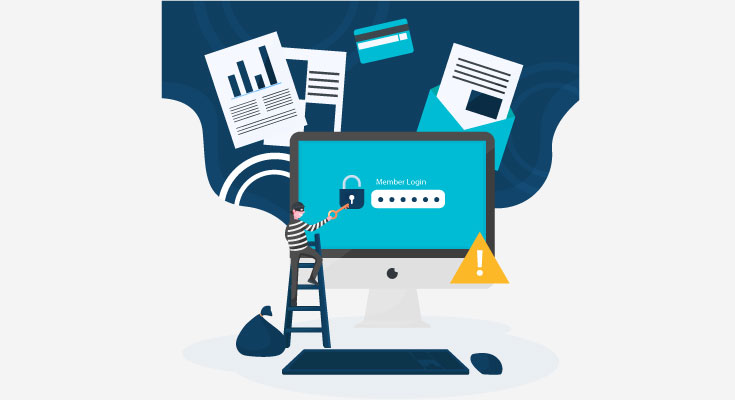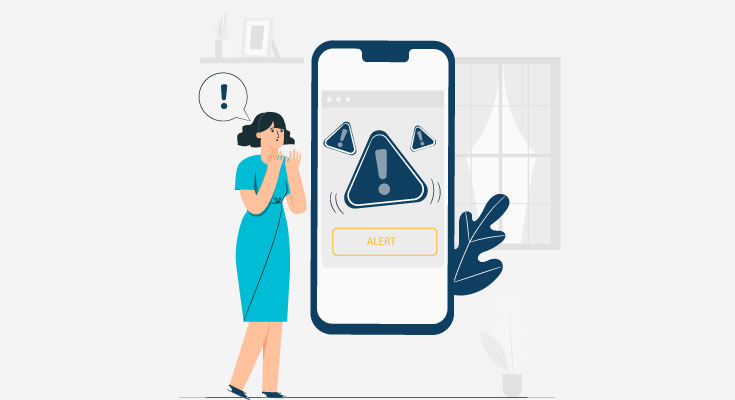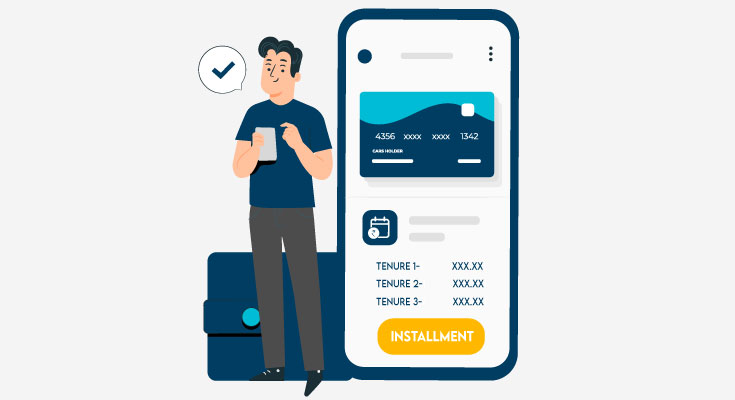According to a report by ACFE, organizations lose about 5% of their annual revenue to fraud annually. This is because businesses don’t focus much on common fraud risk management practices. This leads to companies not being able to protect themselves against fraud, and meet bottom-line compliance requirements.
As more and more financial institutions are required to bear the burden of compliance, they need to know the appropriate methods of risk management.
These risk management frameworks help businesses to identify and respond to fraud. Being able to assess risk early on helps them protect organizations against common fraud types. Businesses can implement fraud risk management practices and gain an advantage over their competition.
Benefits of Fraud Risk Management Practices
Financial institutions that implement basic and advanced fraud risk management practices tend to reap additional benefits.
The most common benefits include the following:
- Reduced financial losses due to fraud.
- Reduced costs of responding to fraud.
- Better compliance with local and global regulatory requirements.
- Enhanced employee awareness of employees against fraud throughout the organization.
- Increased reporting of potential fraud and other ethical issues.
- Enhanced level of corporate governance.
Best Practices for Fraud Risk Management
Organizations don’t need over-the-top processes that add friction instead of reducing it. To reduce fraud, businesses need to reinforce their current models. This can be done using best practices for fraud risk management:
1. Invest in Ideal Technology
The right type of technology can make or break everything. Integrating technologies that help prevent fraud such as online document verification, proof of address verification software, bank verification software, etc.
Technologies like these can help organizations streamline the compliance process. Financial institutions can also verify which customers are real, and which are not.
Being able to clearly see through fraudulent practices is what businesses can do to reduce financial losses through fraud.
2. Build a Risk Insight Culture
Businesses can get instant benefits from risk insights. Risk insights can also improve the management decision-making process. Although, in order to maximize the long-term benefits, businesses need to take a systematic approach. Employees should know about risk awareness and should ensure continuous compliance in the financial process.
3. Understand Your Compliance Capabilities
Strong compliance provides benefits that are hard to measure. Business leaders need to identify their company alongside the level of their compliance capabilities. Knowing the journey helps organizations understand which approach they should take to improve compliance capabilities.
4. Find Flexible Solutions
The fraud number keeps on increasing on existing channels and new channels. Finance leaders need to strengthen their ability to detect fraud and analytical capabilities.
Financial institutions need to leverage existing data to be able to improve fraud risk management capabilities. Fraud is getting complicated, thus making it vital for businesses to come up with flexible fraud risk management solutions.
5. Consolidate All Data Sources into a Single Platform
There are thousands of fraud risk detection solutions available in the market. Businesses need to make sure that data captured from all these technologies are kept on a single platform. Consolidated data makes analysis and decision-making easier.
This also avoids the creation of unnecessary data silos, which leads to instances of fraud.
6. Have an Omnichannel View of Fraud Detection
Organizations need to consider all digital channels if they want to manage risk effectively. An omnichannel approach to fraud risk management can minimizes the risk of a fraudster migrating to another channel after losing access to the first one.
To be able to do this, businesses need to develop a single central platform to ensure data points and behavioral patterns can be accessed through all channels.
7. Evaluate Risk Throughout the Customer Journey
The level of risk associated with a transaction should be assessed and handled before the customer reaches the final step of the payment. Risk management leaders must build fraud risk management systems that can assess risk from the beginning of a customer journey.
This includes analyzing customer behavior, analyzing the use of bots, and scripts, monitoring account login/creation, and defining the risk of the action. They also need to implement ideal obstacles along the journey.
8. Build a Seamless Customer Experience
The risk management approach is different for each organization. No two organizations can follow the same steps and get the same results. A new approach is needed that can integrate fraud detection and customer verification technologies.
The goal of the process should be to eliminate fraud while trying to keep the customer onboarding experience as seamless as possible.
Risk management leaders should focus on streamlining the customer experience, and implementing frictionless customer verification processes.
9. Reduce the Cost of Fraud
When businesses focus on reducing the total cost of fraud instead of the rate of fraud, they are able to come up with better strategies. With this goal in mind, organizations can make informed decisions about how much they need to invest in fraud detection and prevention.








